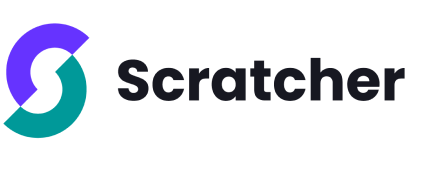Supercharge your data: Gamification marketing strategies for effective data enrichment
In digital marketing, understanding your audience is crucial for success. This isn’t mere speculation; it’s supported by data. A recent Klaviyo survey reveals that 52% of consumers appreciate personalized recommendations, and companies leveraging enriched data see improved conversion rates. To enhance your data strategy, consider the innovative approach of gamification marketing. Let’s explore data enrichment, its significance, and how gamification can transform your data into a valuable asset.
What is Data Enrichment?
Data enrichment involves augmenting existing customer information with additional details, providing a more comprehensive view of your target audience. This process can include adding demographic information, social media profiles, job titles, and product preferences. The goal is to gain deeper insights into customers, enabling more personalized and effective marketing efforts.
Why is Data Enrichment Important?
1. Precision in targeting:
The success of any marketing campaign lies in its relevance to the audience. Enriched data allows you to segment your audience more precisely, ensuring that your message reaches the right people. This targeted approach increases the chances of conversion and customer satisfaction.
Tip: For instance, if you need to start from scratch, you can use this audience segmentation approach using Meta ads as an acquisition channel to collect data:
Broad Audience Segmentation:
- It is essential to start with a ‘broad’ ad set. This enables the algorithm to identify the correct target audience.
Lookalike Audience Segmentation:
- Leverage data from previous campaigns.
- Create ‘lookalike audiences’ for those who have already converted. This strategy can significantly enhance the chances of attracting potential quality leads.
Interest-based Segmentation:
- Finally, focus on an interest-based ad set using Meta’s tools.
- By targeting users interested in “YOUR BUSINESS RELATED TOPIC”, for example, the chance of attracting relevant and interested users will significantly increase.
This segmentation strategy example serves to increase quality traffic to the interactive site, where visitors have the opportunity to engage further with an interactive game or format.
2. Improved Personalization:
Enriched data enables you to understand your customers’ preferences, behaviours, and interests. This, in turn, allows you to create highly personalised content and offers, fostering a stronger connection between your brand and your audience.
A fascinating trend emerges: consumers are eager to open their wallets for brands that strike a chord with them. Recent studies reveal a telling truth – consumers, particularly Gen Z, express a willingness to loosen their purse strings when offered personalised experiences. However, here’s the twist: while consumers crave these tailored interactions, there’s a disconnect between what they desire and how brands attempt to deliver it.
The crux lies in the desire for a personal touch during the purchasing journey without feeling like they’re under constant surveillance. It’s a delicate balance. Consumers want the warmth of a personal touch but recoil from the sensation of being tracked, particularly through the intrusive mechanisms like cookies.
Here’s the rub: brands, aiming for personalization, often rely heavily on tracking methods instead of fostering genuine conversations to achieve this sought-after level of connection. It’s an intriguing conundrum, where the aspirations of consumers clash with the strategies brands currently deploy to meet those aspirations.
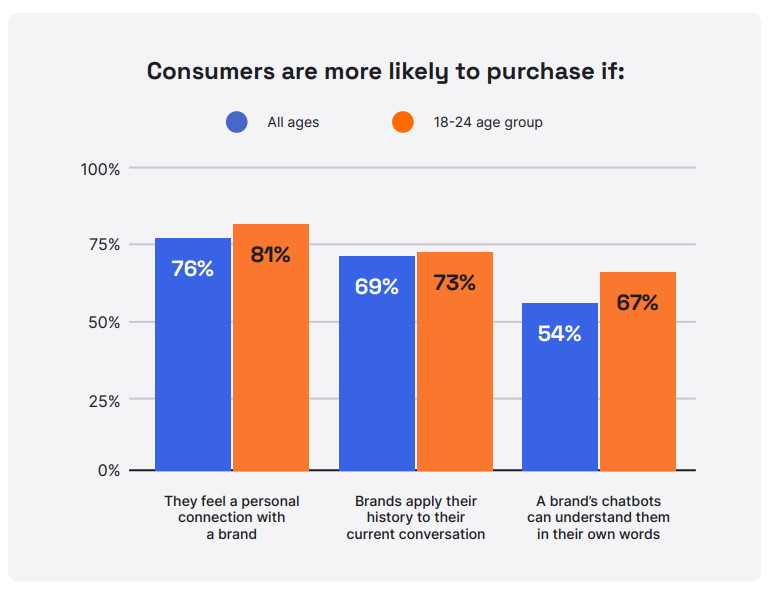
Source: 2023 State of Customer Engagement Report, LivePerson.
3. Enhanced Customer Experience:
A comprehensive understanding of your customers empowers you to provide a seamless and enjoyable customer experience. From personalised recommendations to tailored communication, enriched data allows you to anticipate and meet customer needs, resulting in higher satisfaction and loyalty.
4. Optimised Marketing ROI:
90% of leading marketers say personalization significantly contributes to business profitability. Low client satisfaction leads to higher churn rates, risking low-loyalty and high-turnover environments.
Targeted and personalised campaigns driven by enriched data are more likely to yield positive results. By focusing your efforts on the most promising leads and tailoring your messaging, you can optimise your marketing return on investment (ROI) and allocate resources more efficiently.
How does gamification marketing contribute to data enrichment?
Gamification involves incorporating game-like elements into non-game contexts to encourage engagement and participation. In marketing, gamification can be a powerful tool to incentivize users to provide additional information voluntarily, thereby enriching your existing data.
Examples of gamification marketing for data enrichment:
1. The Product Swipe
Similar to many popular dating apps, the Product Swipe presents participants with a number of images to swipe through and like their favourites. This game format is an excellent way to gather your participants’ preferences while familiarising them with your products. In this way, you will be able to send more targeted communications.
2. Interactive Quizzes and Surveys:
Quizzes and Surveys formats lets you mix various question and answer styles, giving rise to a wide range of unique experiences. Blend question types, such as text, images, and videos, with answer formats like predefined options, images, text input, and ratings. This combination allows you to craft anything from a straightforward educational quiz to a comprehensive employee survey. Offer participants a chance to win prizes or discounts upon completion. As users engage with the content, you gather valuable information about their preferences and interests.
3. The Product Choose:
Engage your participants by presenting them with a series of options and have them pick their favourites among them. The Product Choose interactive format is an excellent way to promote (new) products, as well as get your participants’ preferences on products, while familiarising them with your offers.
4. The Personality Test:
You can ask participants a set of questions and then display the corresponding profile or product solution based on the given answers. Use conditional branching to adapt your personality test questions according to participants’ preferences and use this as a product selector to present customised offers.
Zapp, the electric charger company, provides a prime example of using the personality test format for product recommendations. Their campaign resulted in 834 new leads and a remarkable 10% lead-to-sales conversion within a span of just two months. According to Janus Broch Mols, co-founder & CMO at Zapp, the decision-making process for choosing the right charger, installation, and compatibility with a vehicle involves numerous considerations for potential customers.
Zapp’s goal revolves around alleviating uncertainty along this journey, and they employ gamification as a solution. Mols mentions, “I thought gamification would be a great way to offer potential customers value through a test, ensuring their confidence in choosing a charger while allowing us to gather leads.”
Implementing a pop-up on their website’s main page and activating ads across social media, Zapp designed an intuitive quiz to assist visitors in discovering their ideal charging box. This quiz presented a series of questions related to charger installation, the customer’s car type, and their typical driving distance. Upon completion, participants received Zapp’s top charger recommendation along with a comprehensive list of features, benefits, and pricing options.
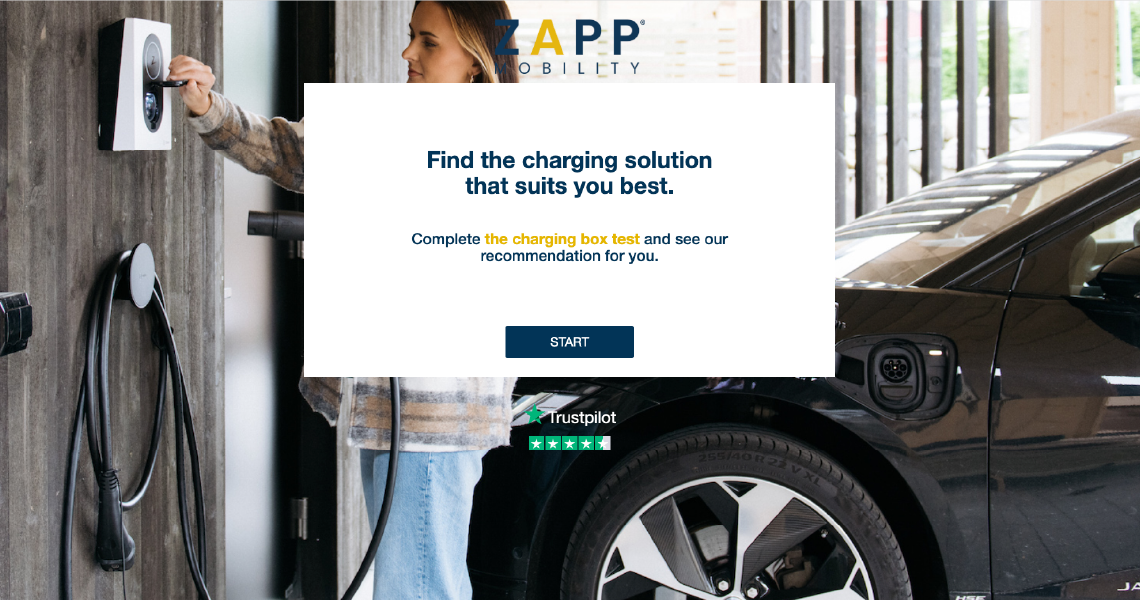

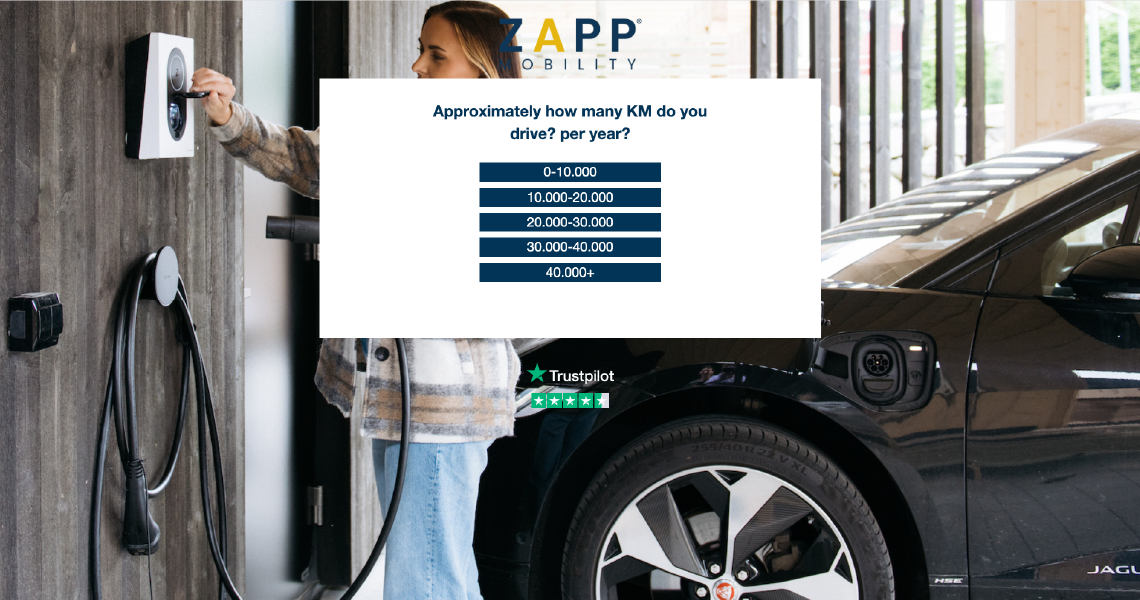
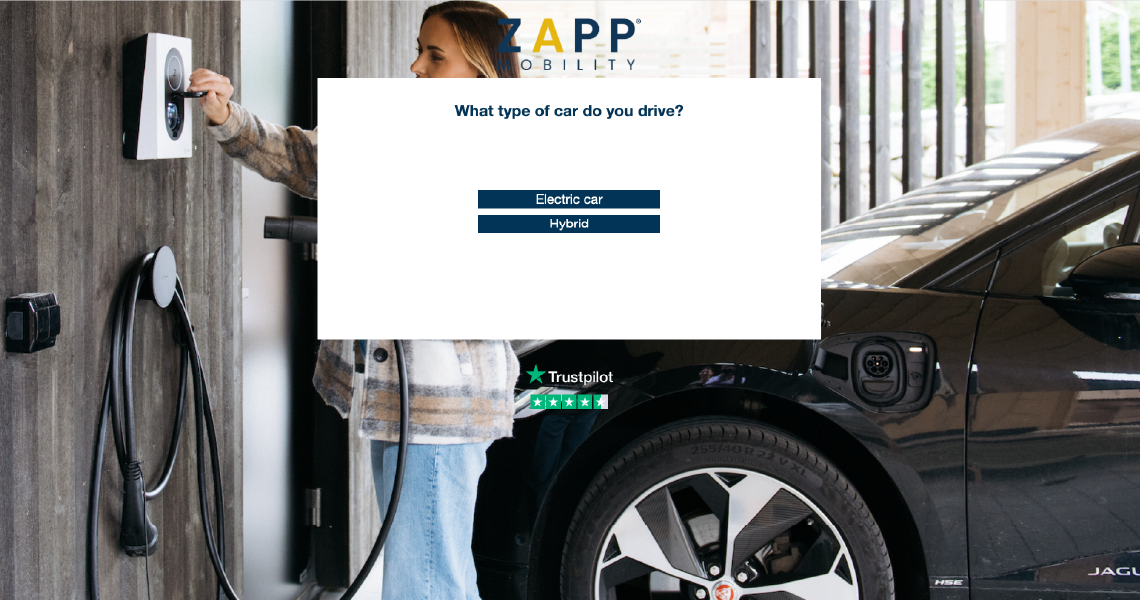
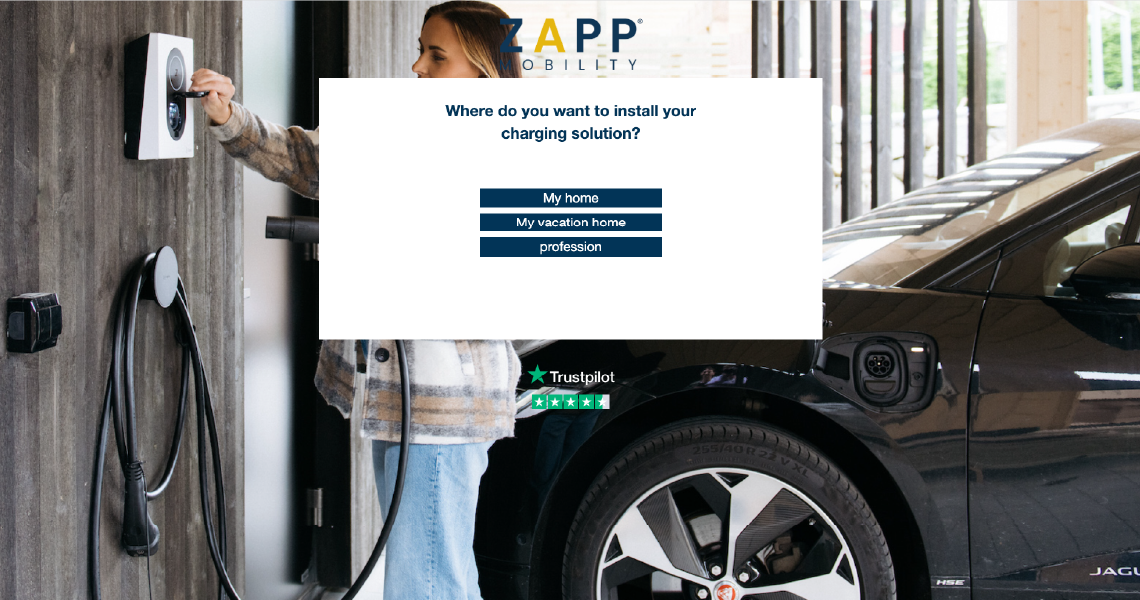
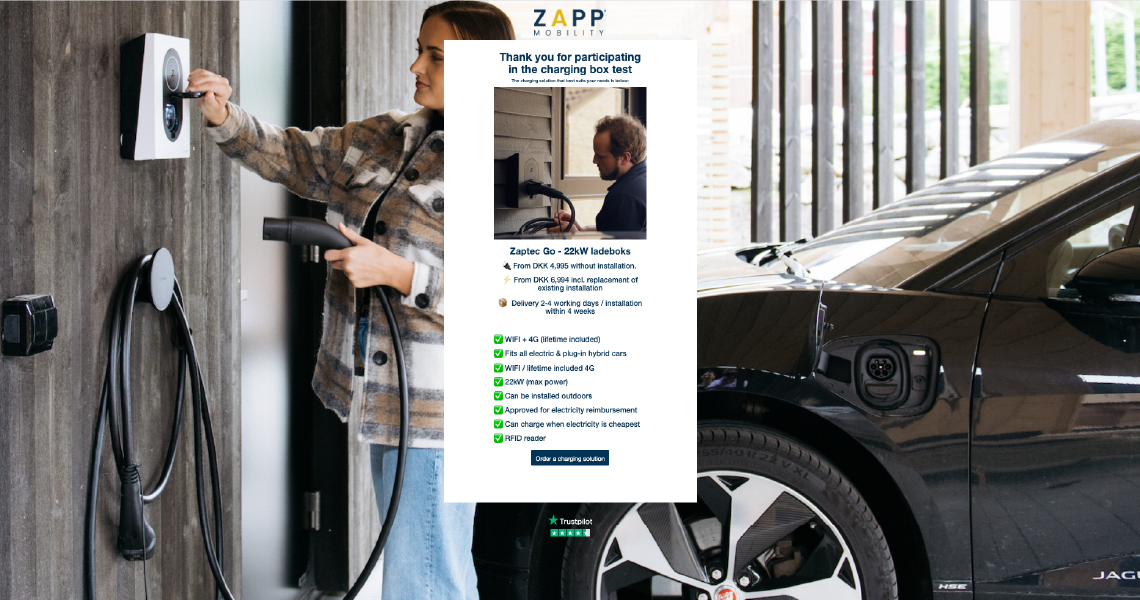
As you embark on your data enrichment journey, consider incorporating gamification strategies to not only enhance your data but also to create memorable and engaging experiences for your customers. The importance of data enrichment cannot be overstated, as it serves as the foundation for precision, personalization, customer satisfaction, and optimised marketing ROI in the dynamic world of digital marketing.
Ready to level up your marketing?
Don’t just read about it—try it yourself! Sign up for a free demo today and start exploring the possibilities. 🚀
- Drag & Drop Campaign Editor: you can design and launch engaging experiences without any coding. Whether you're building a gamified campaign from scratch or customizing a pre-made template, our platform makes it seamless and intuitive
- Connect all of your favourite tools: Connect with 3000+ web apps using native integrations or Zapier
- Customisable templates: Personalise your campaign to reflect your unique brand
- Optimize your Campaigns with Data: Gain a deeper understanding of your campaign’s performance with real-time data and advanced tracking tools
More insights to gamification marketing strategies

Building Memorable Brand Experiences: The Power of Interactivity
Looking for better ways of engaging your webshop visitors? Check out these tips for your Ecommerce.
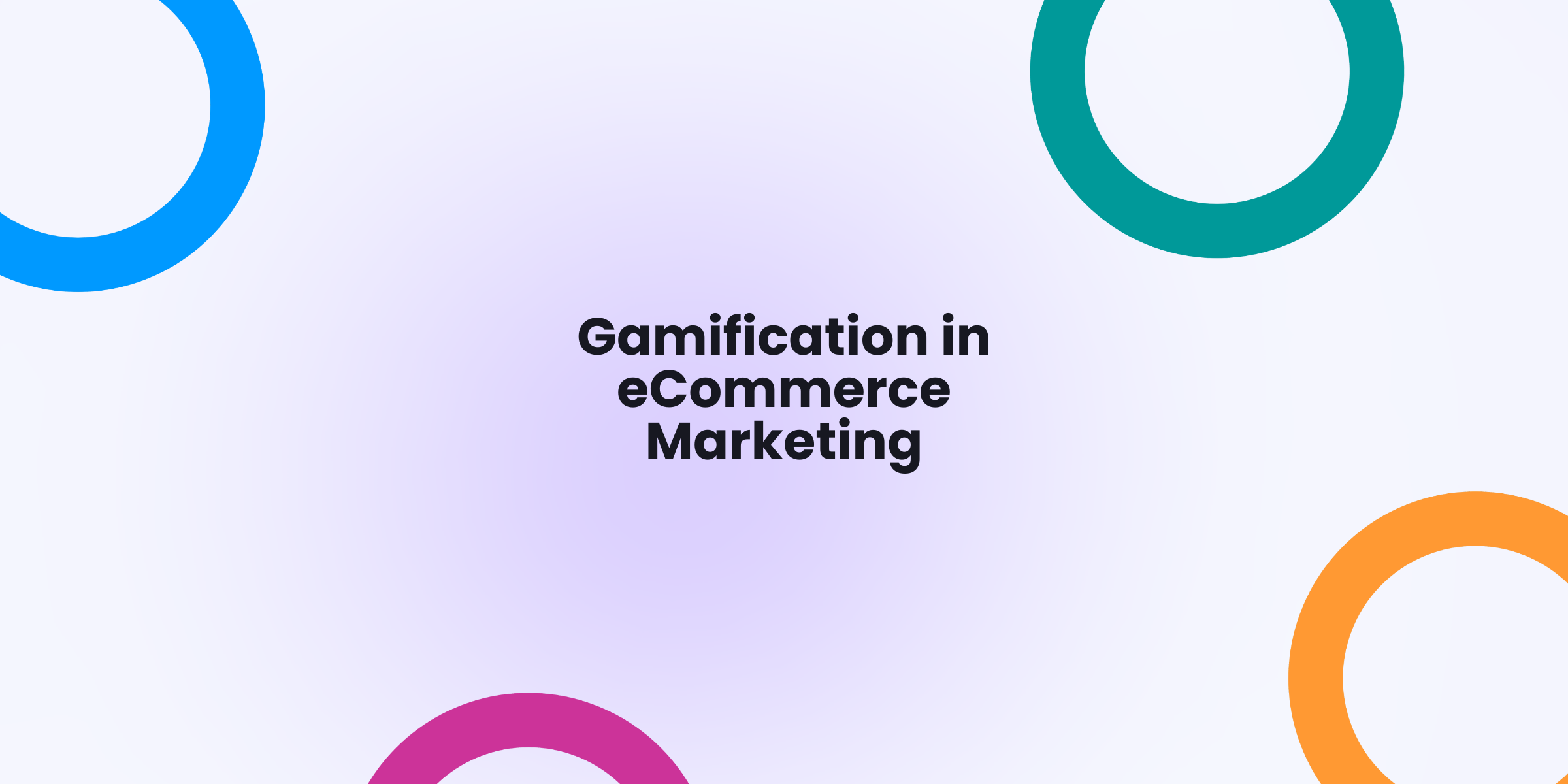
How to Effectively Implement Gamification in eCommerce Marketing
Looking for better ways of engaging your webshop visitors? Check out these tips for your Ecommerce.
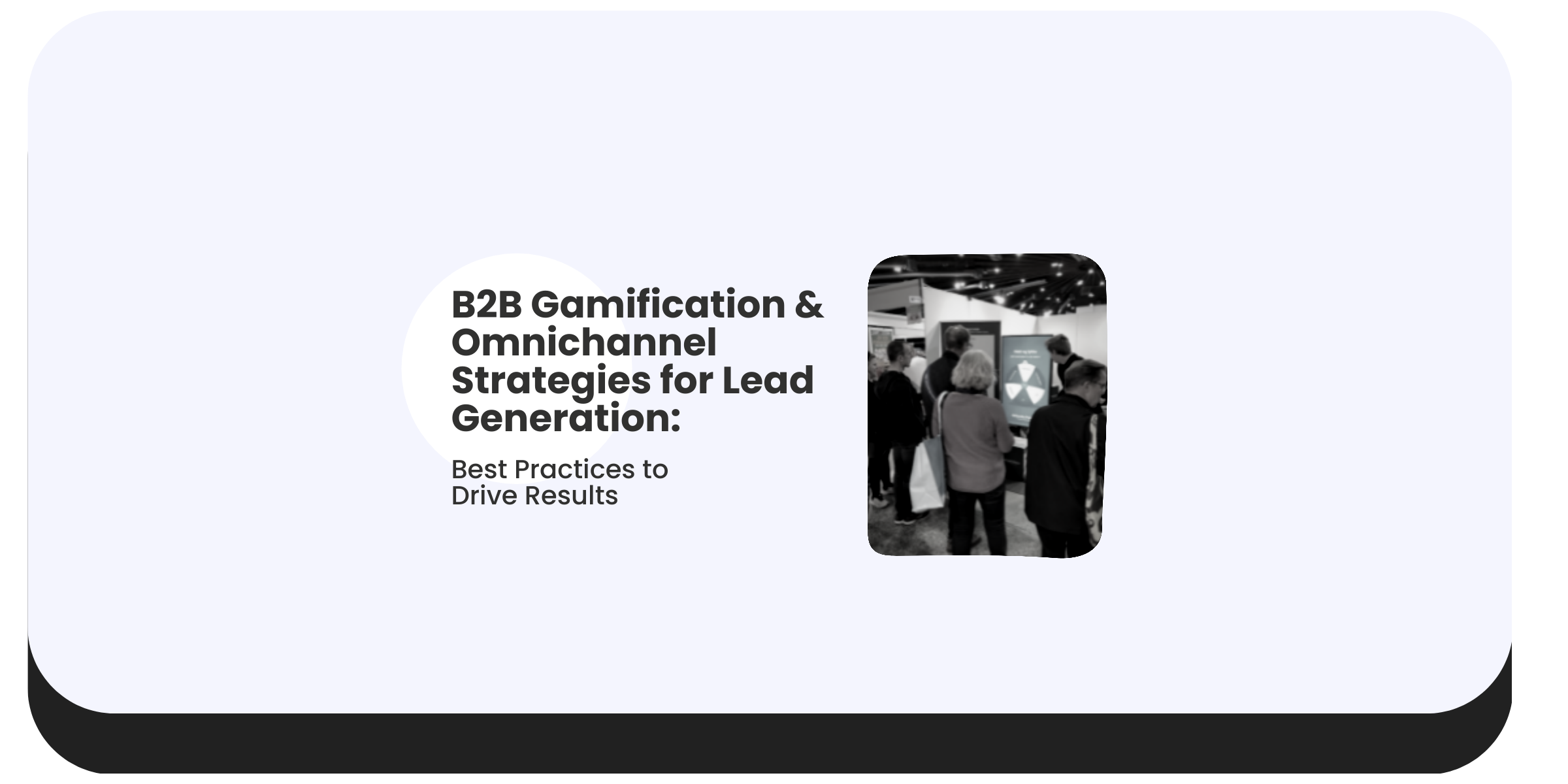
B2B Gamification and Omnichannel Strategies for Lead Generation
In the world of B2B marketing, capturing and engaging leads has become increasingly complex. The answer? A combination of gamification and omnichannel strategies. By leveraging
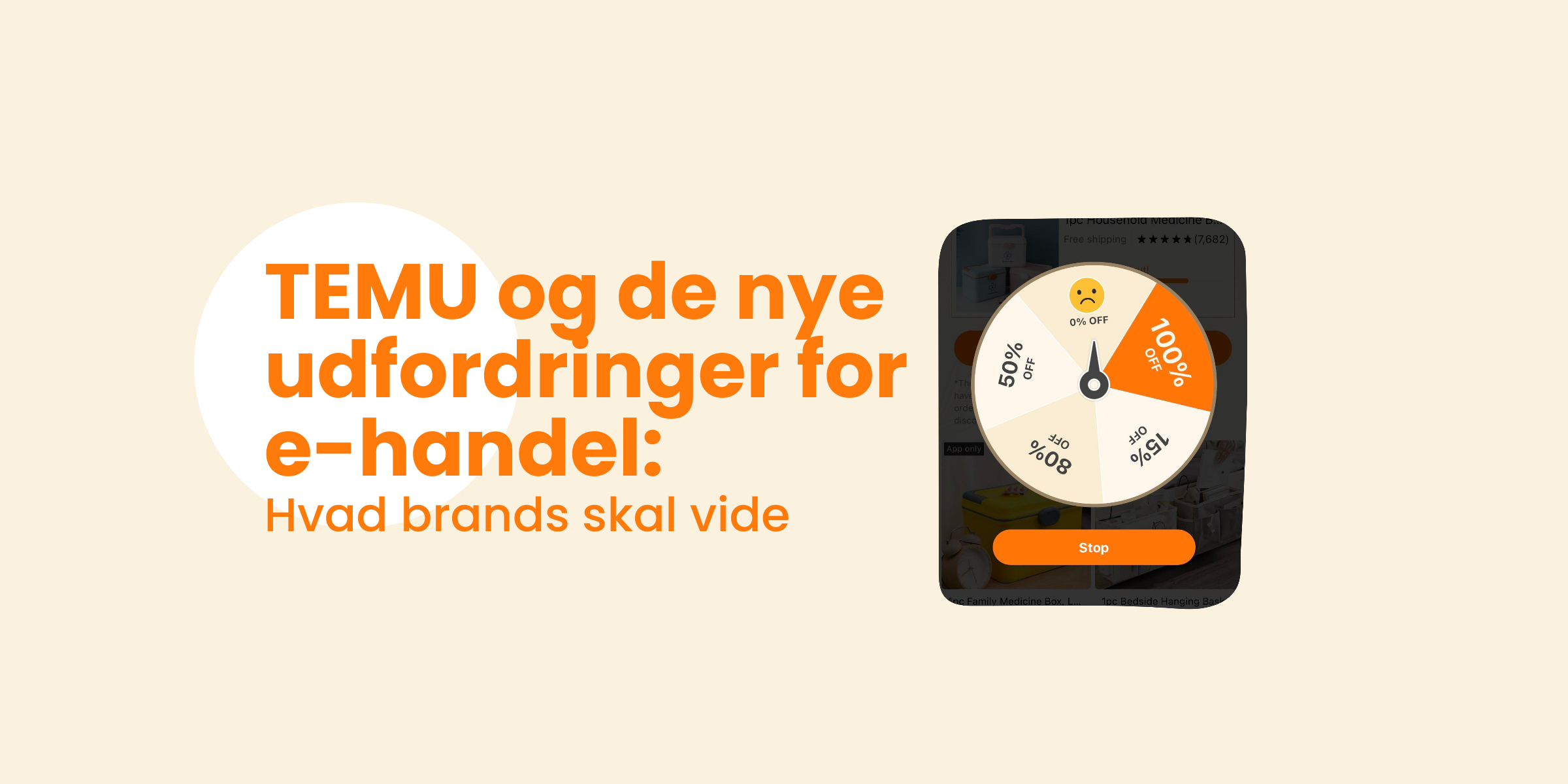
TEMU og de nye udfordringer for e-handel: Hvad brands skal vide
E-handels landskabet ændrer sig hurtigt, og TEMU står i spidsen for denne udvikling. Vores seneste whitepaper, “TEMU og de nye udfordringer for e-handel,” giver en

